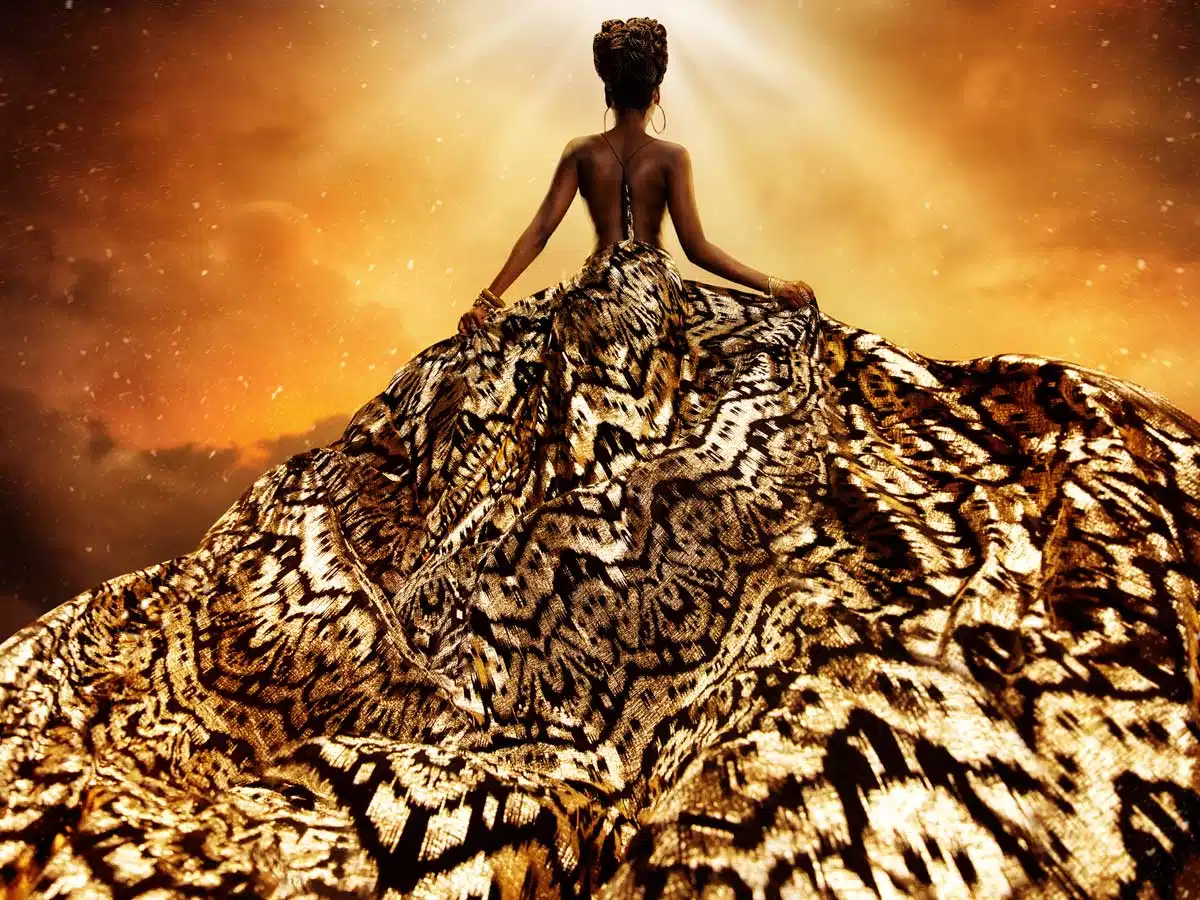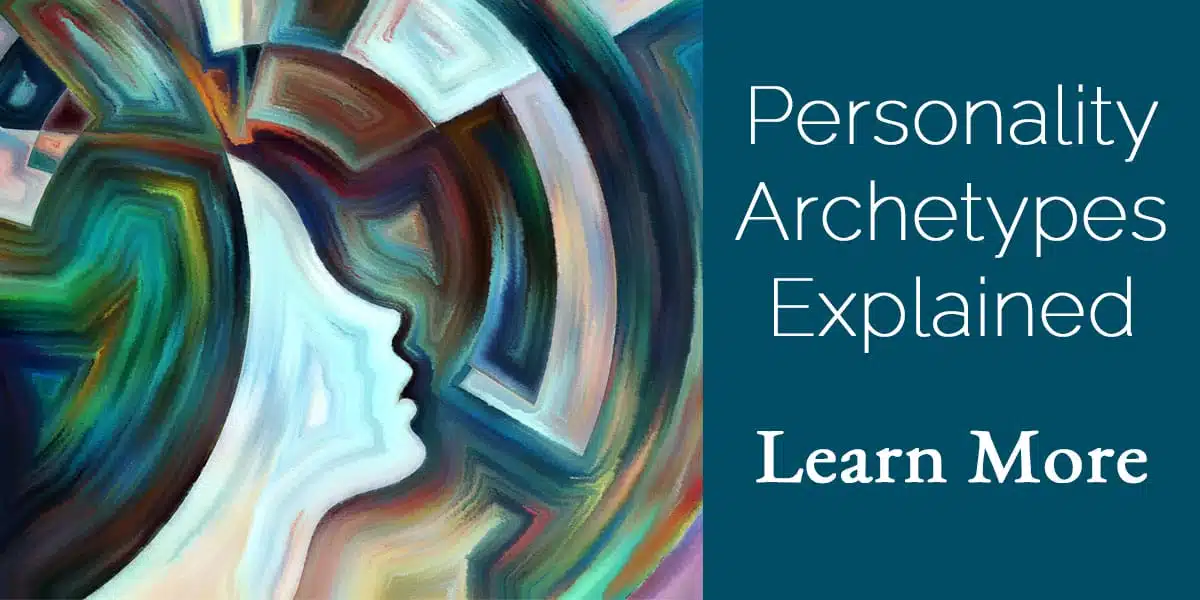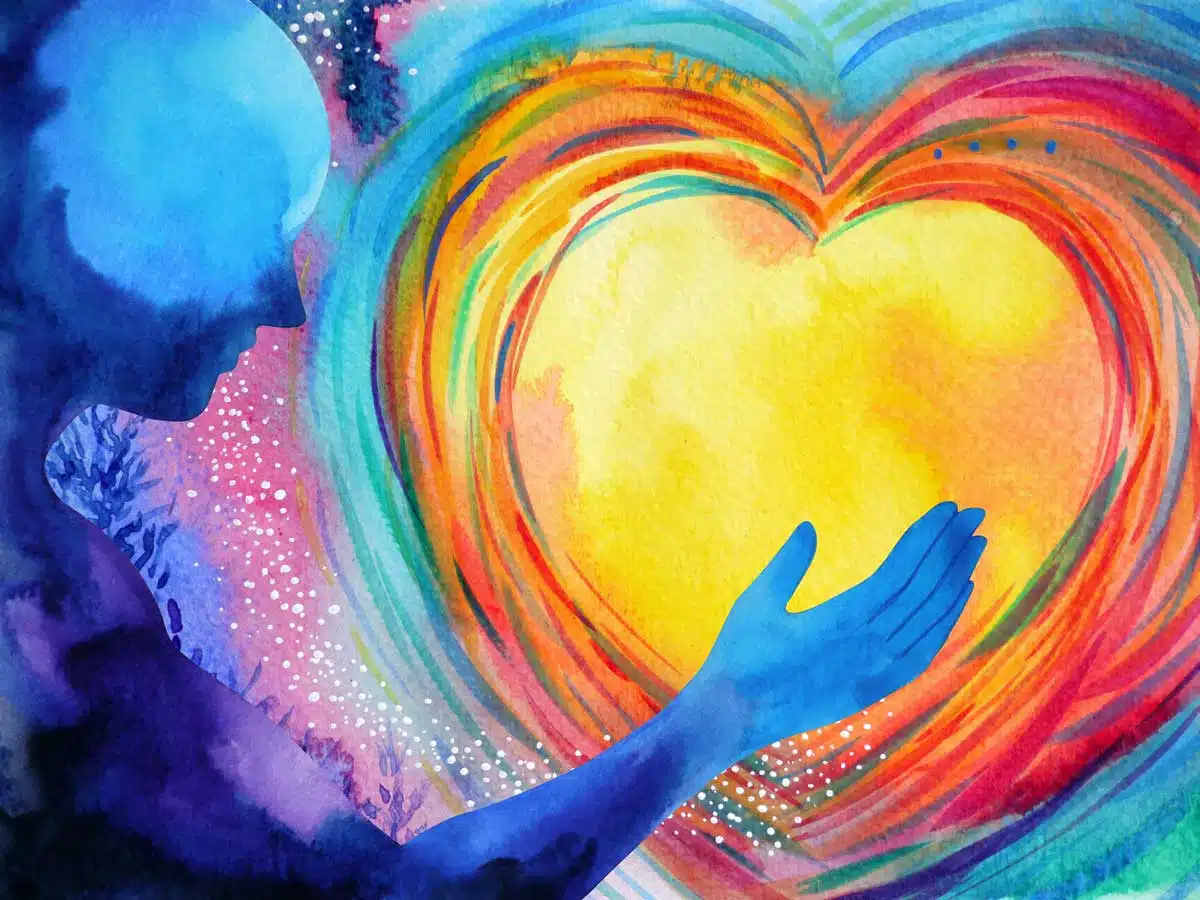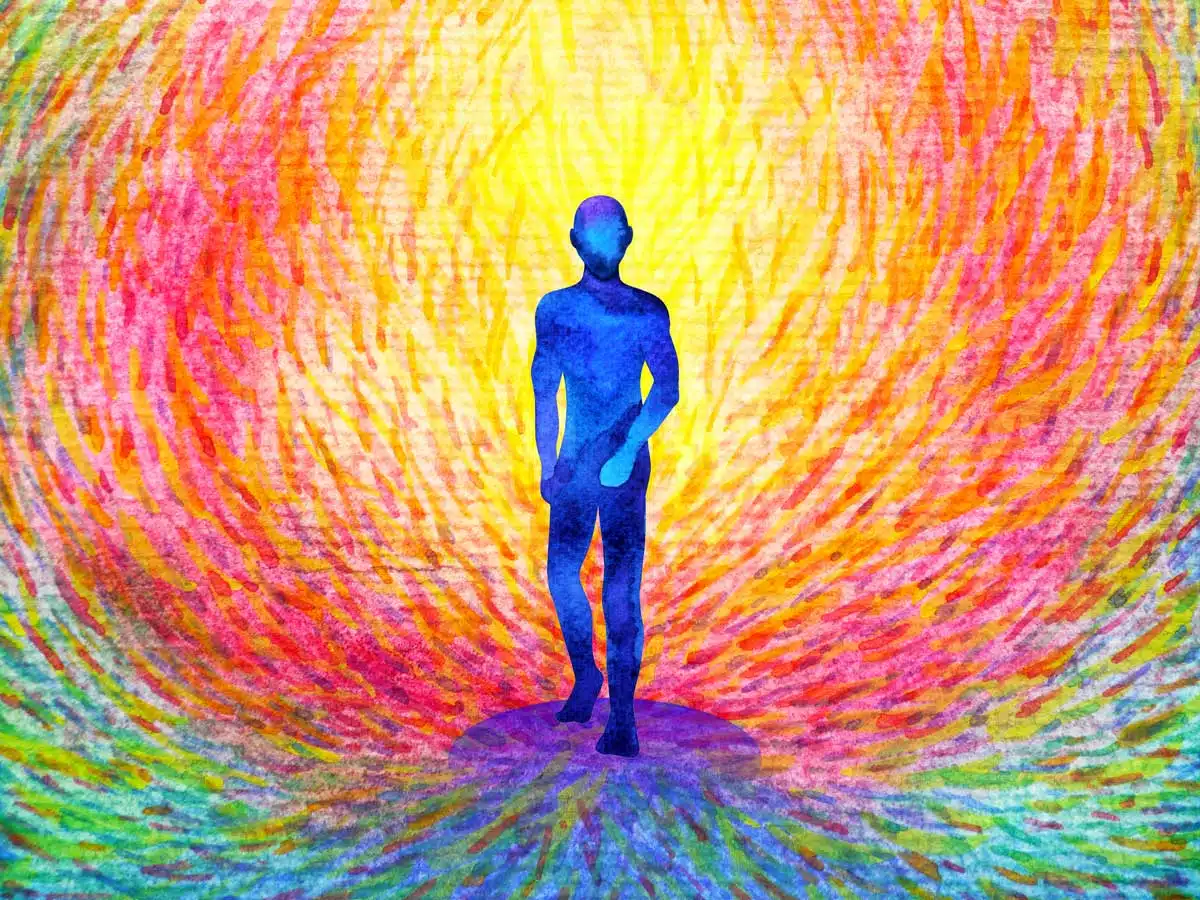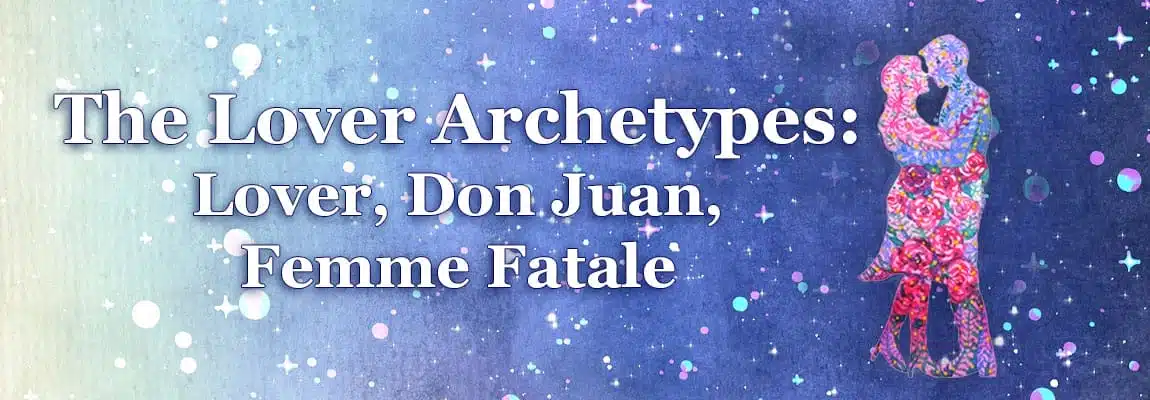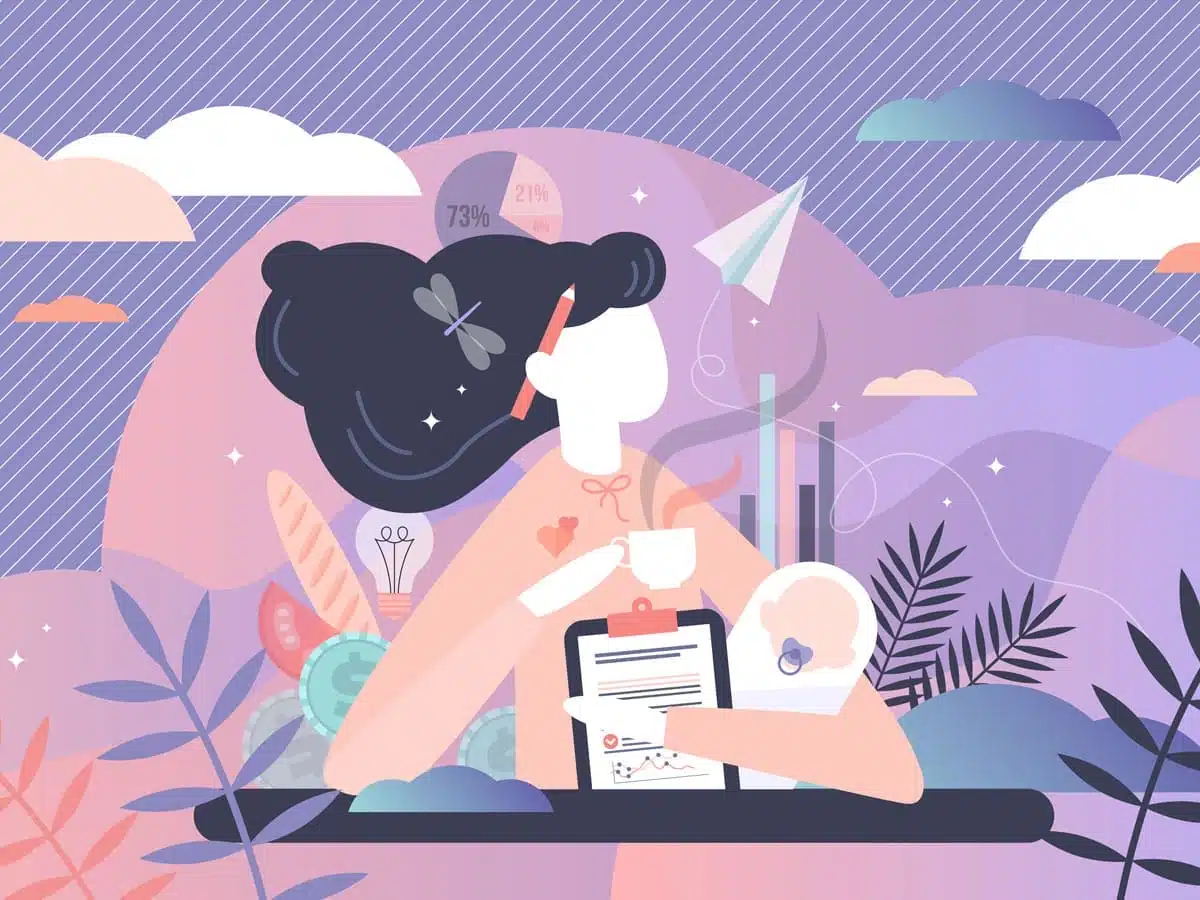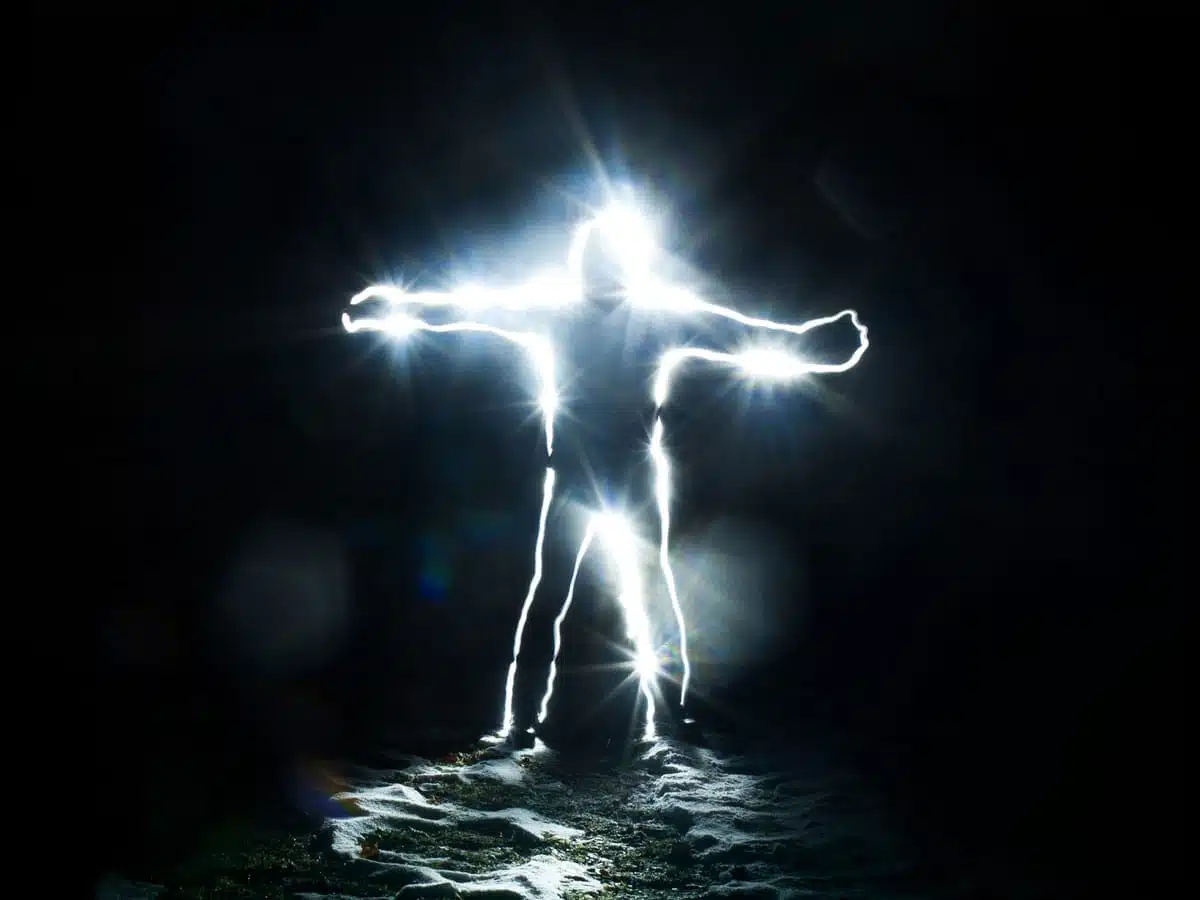Treasurer Archetype
Treasurer Archetype, Money Archetype, and Financial Archetype
The financial archetype that manages your money, evaluates your self-worth, AND brings clarity about what really matters.
Money matters. Resources are a universal concern for us all. If we’re going to talk about how personality archetypes help us understand ourselves (and human nature) better, we need to understand the archetypal pattern that rules our relationship to money.
Meet the treasurer archetype. The treasurer archetype identifies, exchanges, and manages our inner and outer wealth. It negotiates our relationship to matter AND what matters.
The realm of the treasurer archetype governs the following:
- Exchange of our resources and money
- Identifying what matters, what we value
- Finding our inner treasures
- Knowing our worth
The word “treasure” comes from the Greek word “thēsauros” meaning “storehouse”. The earliest storehouses were granaries. Evidence for the first granaries dates back to over 11,000 years ago. The idea of accumulating and storing resources is so old that it is part of our nature at this point. Once the resources are stored, decisions must be made about how and when to put them to use. If the resources sit, they rot.
Wealth is accumulated and it is spent and traded. The way we buy, sell, and exchange our material possessions and inner talents all falls under this archetype’s authority.
Scarcity Mindset and Getting Out of Balance
When the financial archetype of the treasurer is challenged and we don’t have a strong self-worth, we go to extremes with money. We either overdo or under do it. Our inner accounting gets out of balance.
When we fear not having enough and losing what we have, we inhabit a scarcity mindset. This shadow side of the treasurer expresses in a few different ways.
First there is the hoarder who gathers up material possessions to fill the lack of inner worth, and who refuses to let anything go. The miser is stingy and refuses to share with others, which hides an insecurity over not feeling like enough. The cheapskate who cuts coupons and always needs a good deal also has a scarcity mindset, irrespective of if they have plenty to live on or not.
On the other end of the spectrum, we have the person who takes an abundance mindset to extremes. The shopaholic and spendthrift spend extravagantly and often beyond their means. They are trying to artificially inflate a low sense of self-worth.
The opposite of a scarcity mindset is not the worship of abundance, but a trust in that which never passes. This is trust in our soul and the Soul of the World.
Inner Accounting
How we do our accounting reveals what we value. Do you do two column accounting? This is looking at time in and money out, valuing only the activities that result in financial gain. Is the financial bottom line all that matters? This is the treasurer archetype out of balance.
We are in balance when we have a diversified balance sheet. This means that we carry multiple bottom lines, and value the flourishing of both tangible and intangible things.
Do you take into account your own mental and spiritual wellbeing or are you caught up in hustle culture? Are you okay with making a little less money, but having more time to spend with family and friends? Do you prioritize spending time on yourself and activities you love?
Put Your Money Where Your Mouth Is
You can say you value helping others, but when faced with choosing between a high-paying, high-powered job in a corporation and a less lucrative job as a non-profit employee, which way would you go? We want security AND to follow our calling, our soul’s work, but life doesn’t always pan out that way.
Life gives us either/or choices so we can cultivate real self-worth.
… Are You Selling Out?
Maybe something is a good investment for you according to traditional accounting methods, but you have to compromise on your values to make the added profit. If you feel like you are selling out, your inner treasurer can help you reclaim your worth.
The treasurer archetype is the piece of us that knows how to choose what really matters. This is the essence of putting your money where your mouth is. This isn’t easy and it gets at the core of who we are.
Knowing Your Worth
The treasurer is intimately linked with our self-worth. Anytime anyone asks you your net worth or how much you make at your job, they are engaging your treasurer archetype. Your response, to avoid answering or to lean in, is fueled by your current value system.
Early on, our self-valuation system is money. We look to grow our self-worth by receiving increased compensation for our labor. As we mature further in our capacity to consciously work with the treasurer archetype, we adopt value systems such as recognition, praise, social status, and strategic alliances. When these systems reveal themselves as lacking and illusive, we turn to the soul and ask what she values. This is when we begin to learn our true value.
The gift of the treasurer archetype is to help us understand our true net worth. This has nothing to do with things of this world and everything to do with our gifts, wisdom, compassion, and generosity. When we have a strong sense of self-worth, we are leveraging the power of this archetype.
The most important questions you can ask yourself are:
- What are my inner treasures?
- Do I see myself as a treasure?
Living in Integrity
To have integrity means to have congruence between the inner and outer. The treasurer archetype in the light brings us into integrity, aligning our values with our actions. This is what it means to walk your talk.
Material things change, fall away and are lost. When we place our trust in things we find that we are lost without them. When we shift our focus to values of the soul that are imperishable, we find our way to the heart of all things. This is not about doing away with the material world but instead realizing that the origin of all things is where we place our worth. In essence, the empowered treasurer archetype takes us into the heart of all things, to the Source of true worth.
Ultimately, the highest expression of the treasurer archetype is placing trust, value and worth in what always is. To live in integrity with the treasurer is to be in alignment with Source.
Check out PART TWO of this article on the treasurer archetype that includes a wealth goddess, a myth about a spirit animal, and helpful ways to transform your relationship with the treasurer including working with Feng Shui and tarot.
